What Are the Key Differences Between Skin Tag Removal and Mole Removal?
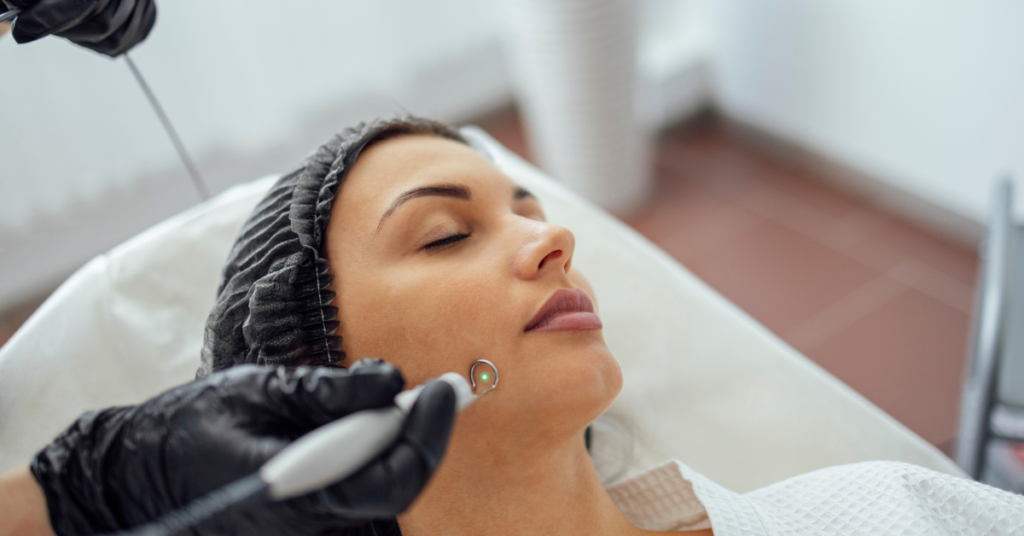
When you’re considering skin tag removal versus mole removal, you’ll notice distinct differences in their characteristics and the techniques used. Skin tags are typically small, flesh-coloured growths caused by friction, often removed with cryotherapy or electrosurgery, leading to minimal scarring and a quick recovery. On the other hand, moles are pigmented lesions that may necessitate […]
How Long Do Lip Fillers Last? What to Expect After Treatment?
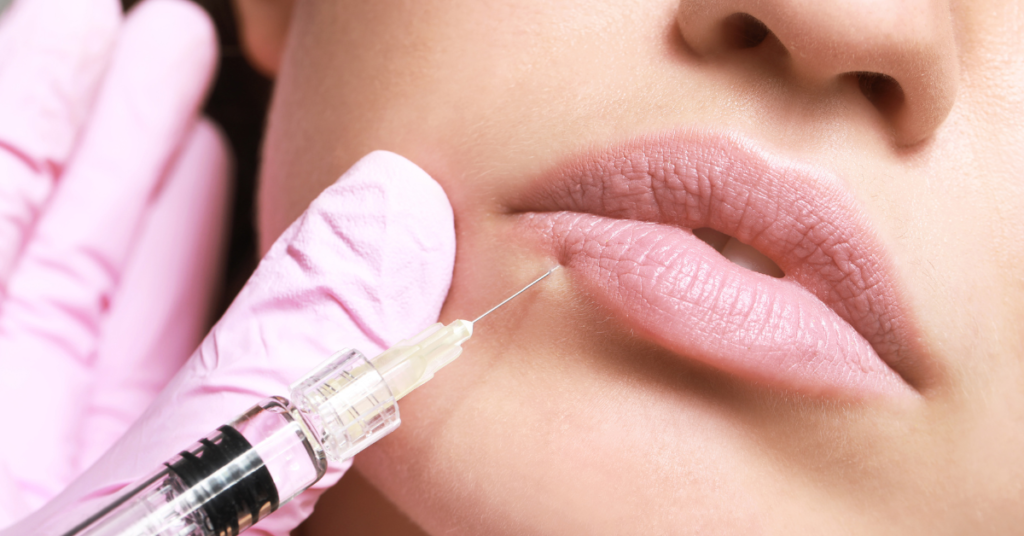
Imagine waking up with the perfect pout that lasts forever—if only it were that simple. Lip fillers, while transformative, have a lifespan typically ranging from 6 to 12 months, with some lasting up to 18 months. After your treatment, you’ll likely experience tenderness and swelling, peaking within the first 48 hours. Knowing how to […]
What Are the Best Methods for Skin Tag Removal?
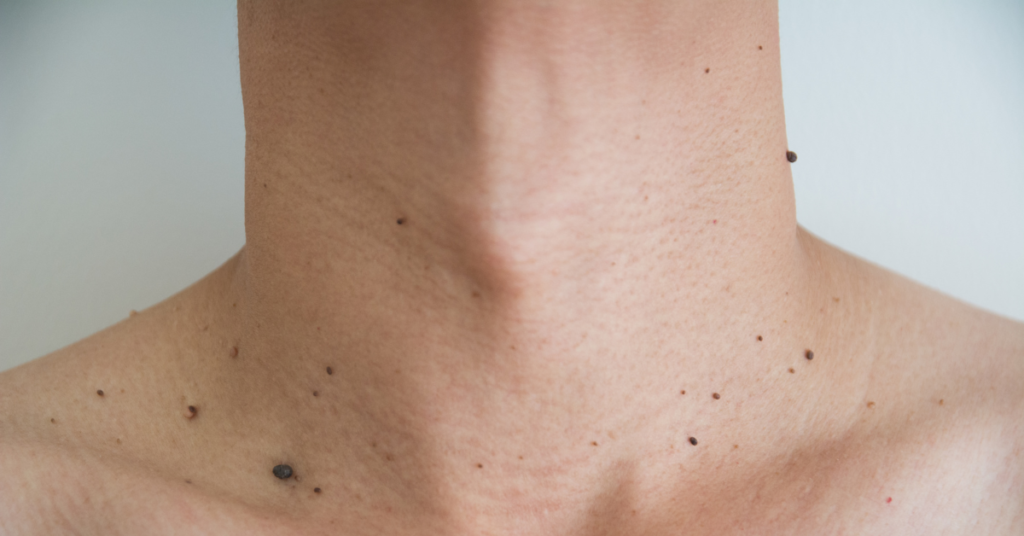
When you’re considering the best methods for skin tag removal, it is important to weigh the pros and cons of each option. You might be intrigued by medical procedures like cryotherapy or excision, known for their effectiveness but requiring a doctor’s visit. Over-the-counter solutions, such as cryotherapy kits and topical treatments, offer convenience but vary […]
Can Chest Botox Improve Your Confidence and Appearance?
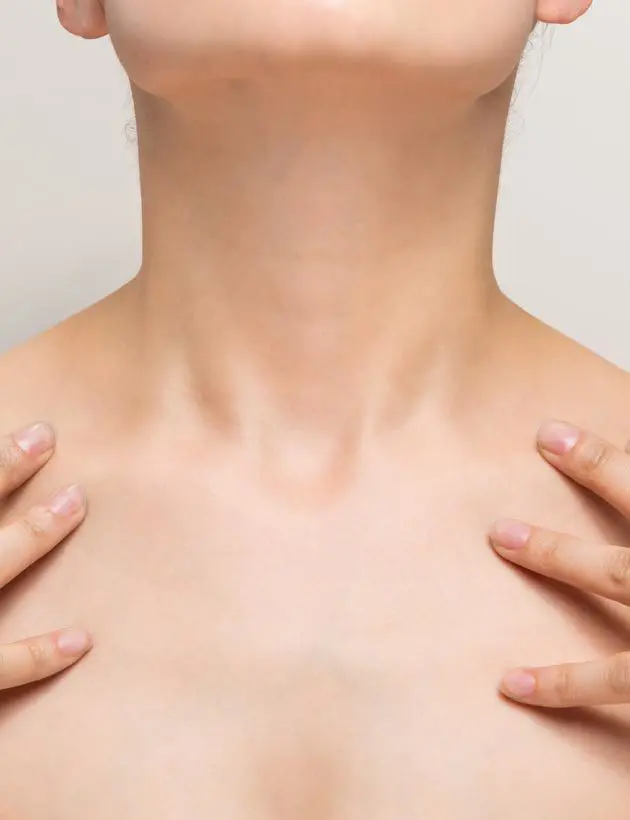
Have you ever thought about how Chest Botox could enhance your confidence and appearance? This minimally invasive procedure smooths out wrinkles and fine lines in the pectoral region, giving you a more youthful look. Imagine feeling comfortable in low-cut clothing and swimsuits while also enjoying improved posture from relaxed underlying muscles. But before you consider […]
Is Lip Filler Safe? What Should You Consider Before Treatment?
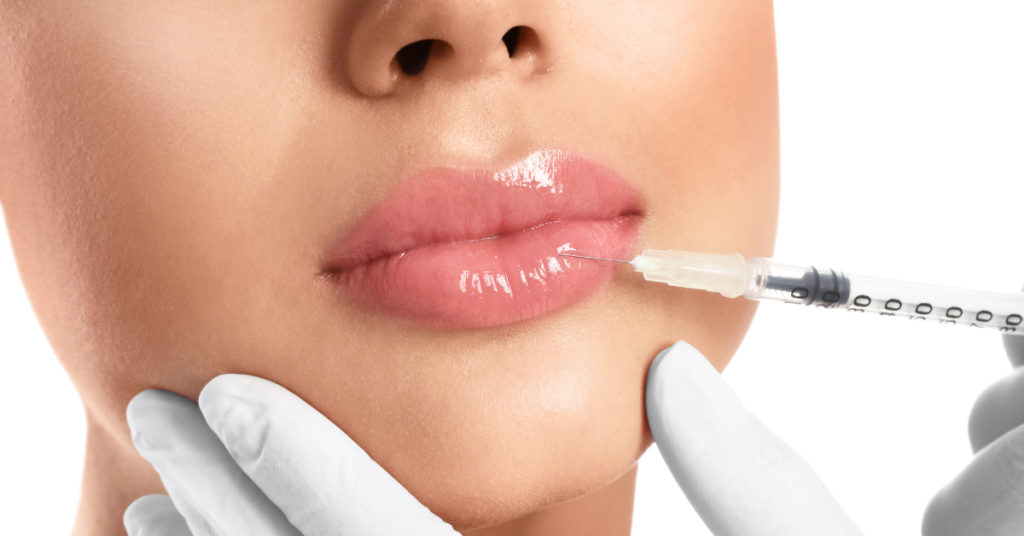
Considering lip fillers? Before you decide, you’ll need to weigh several factors to guarantee a safe and satisfying outcome. It’s not just about wanting fuller lips; the type of filler, potential side effects, and the expertise of your practitioner play vital roles. Hyaluronic acid fillers are popular for their safety and temporary nature, but they’re […]
What Are the Benefits of Endolift Treatment for Facial Rejuvenation?
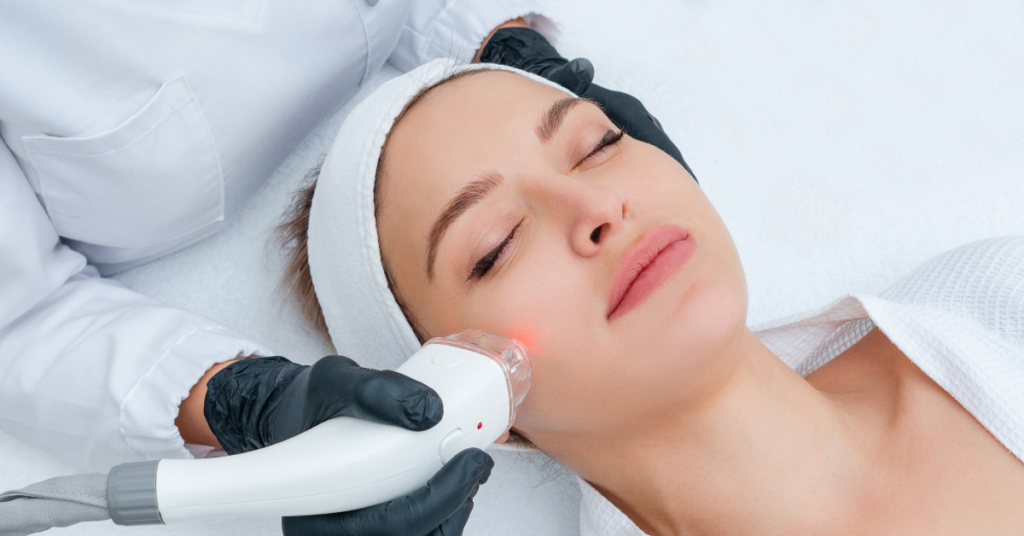
Imagine your skin as a well-worn book cover, showing signs of age and weathering. Endolift treatment can be the revitalising polish it needs. Using laser technology, this minimally invasive procedure enhances collagen production and targets fat deposits, effectively tightening and rejuvenating your facial skin. With minimal downtime and results that last for years, it offers […]
How Effective Is Skin Tag Removal? What You Need to Know
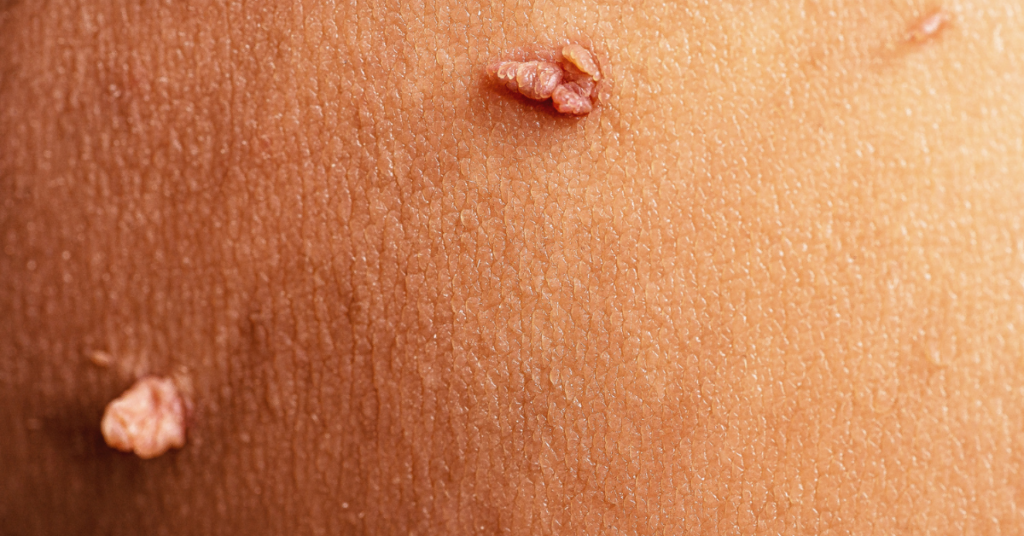
Have you ever wondered just how effective skin tag removal really is? While many methods promise quick and easy solutions, the actual success can vary based on the technique used and the skin tag’s specific characteristics. From over-the-counter treatments to professional procedures like cryotherapy and excision, each option has its own set of pros and […]
Can Chest Botox Help You Achieve a Smoother, More Youthful Look?
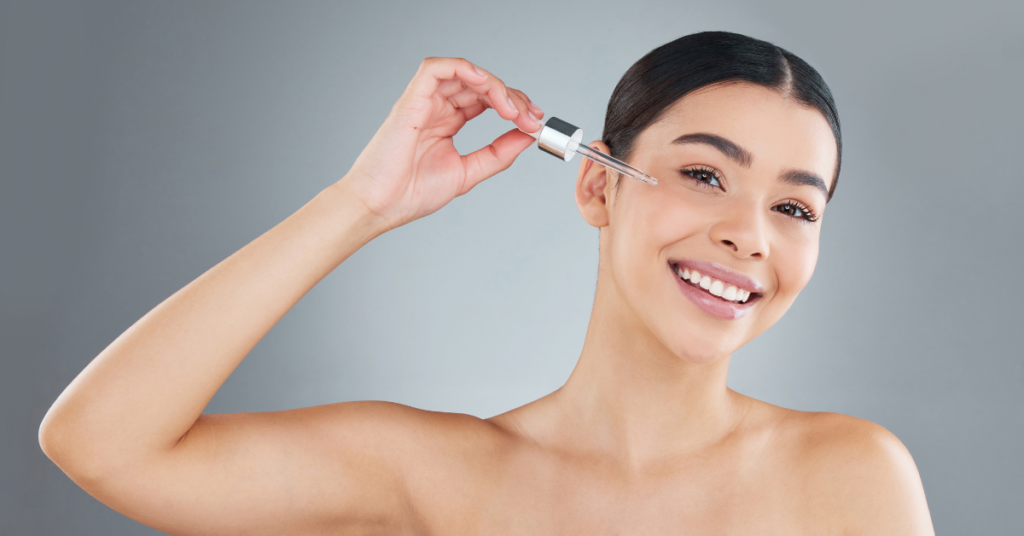
Have you ever considered Chest Botox to achieve a smoother, more youthful look? This minimally invasive procedure targets wrinkles and fine lines in your décolletage, offering an alternative to more invasive surgical options. By injecting botulinum toxin into the pectoral muscles, you can temporarily relax muscle activity, resulting in improved skin texture and elasticity. With […]
Is Lip Filler the Secret to Achieving the Perfect Pout?
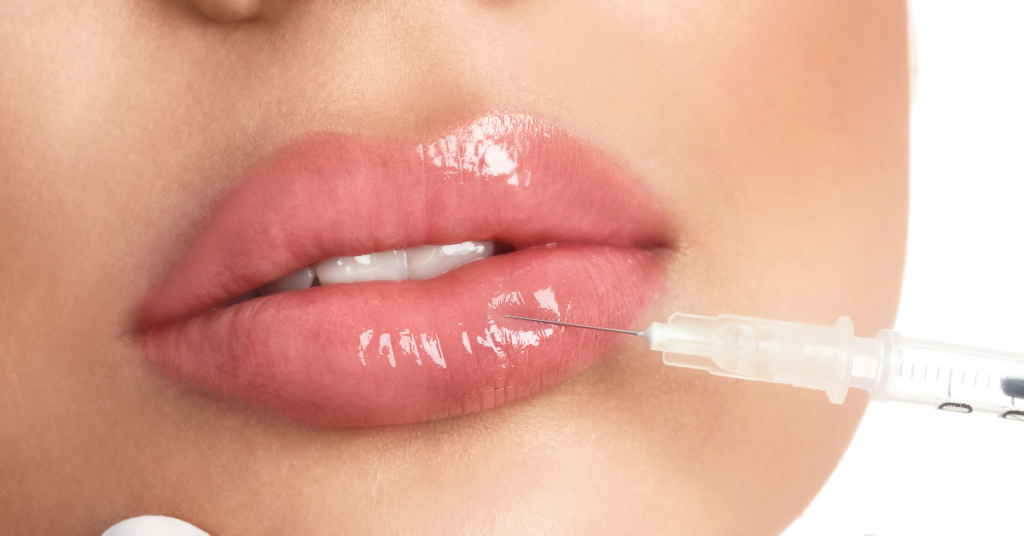
When you think about achieving the perfect pout, lip fillers often come to mind as a quick and effective solution. These treatments use hyaluronic acid to enhance lip volume and shape, delivering noticeable results almost instantly. However, it’s important to contemplate both the benefits and potential risks before deciding if this option is right for […]
What is Lemon Bottle Fat Dissolving and Is It Safe?
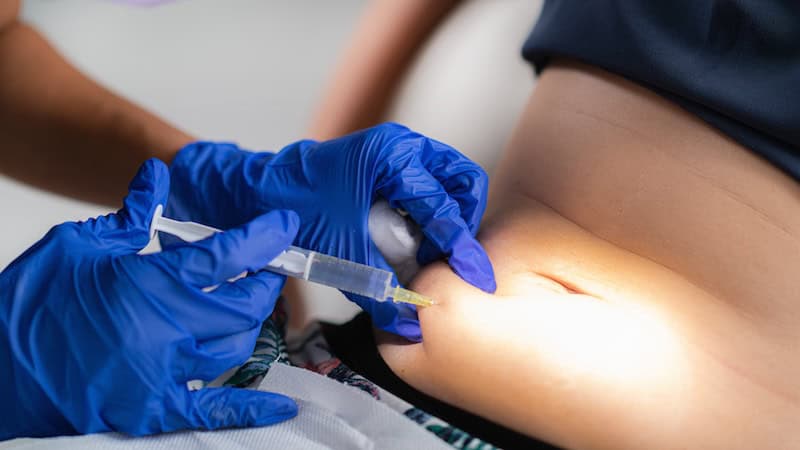
Introduction In the quest for a more sculpted physique, many people turn to cosmetic treatments to help achieve their desired look. One such treatment that has gained popularity is Lemon Bottle fat-dissolving injections. This non-surgical procedure promises to target and eliminate stubborn fat deposits, offering a less invasive alternative to traditional liposuction. But what exactly […]